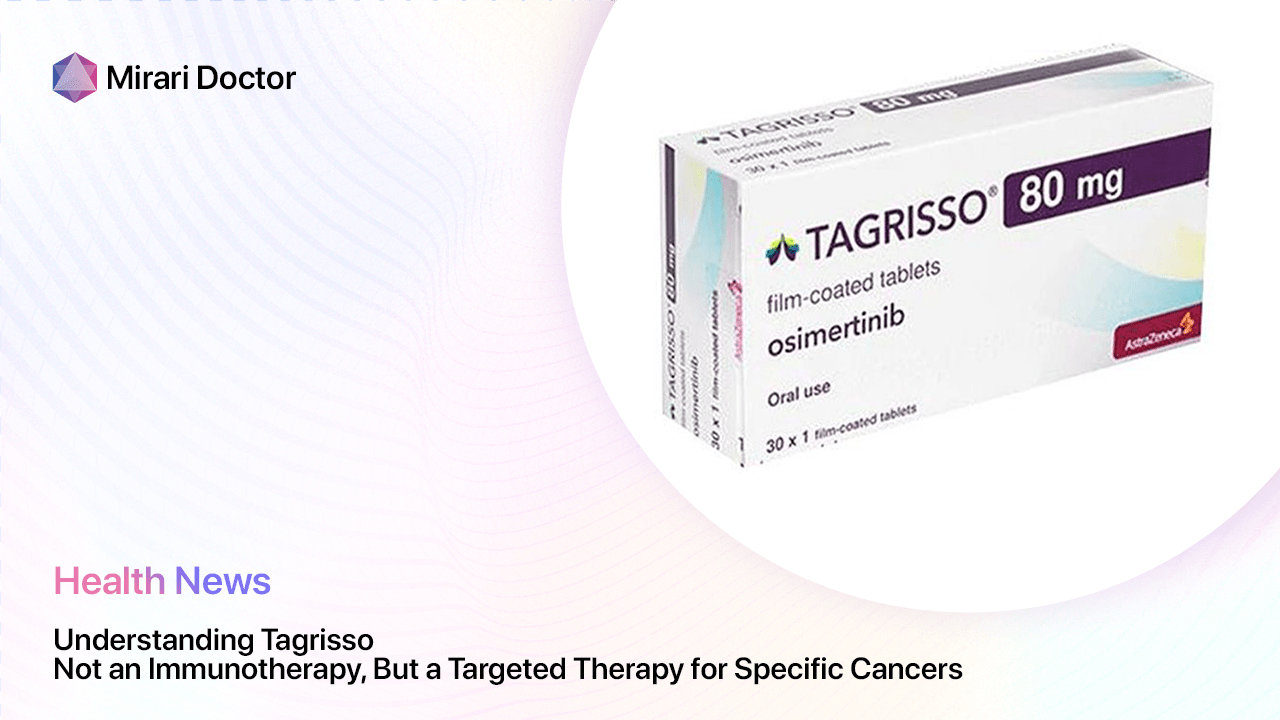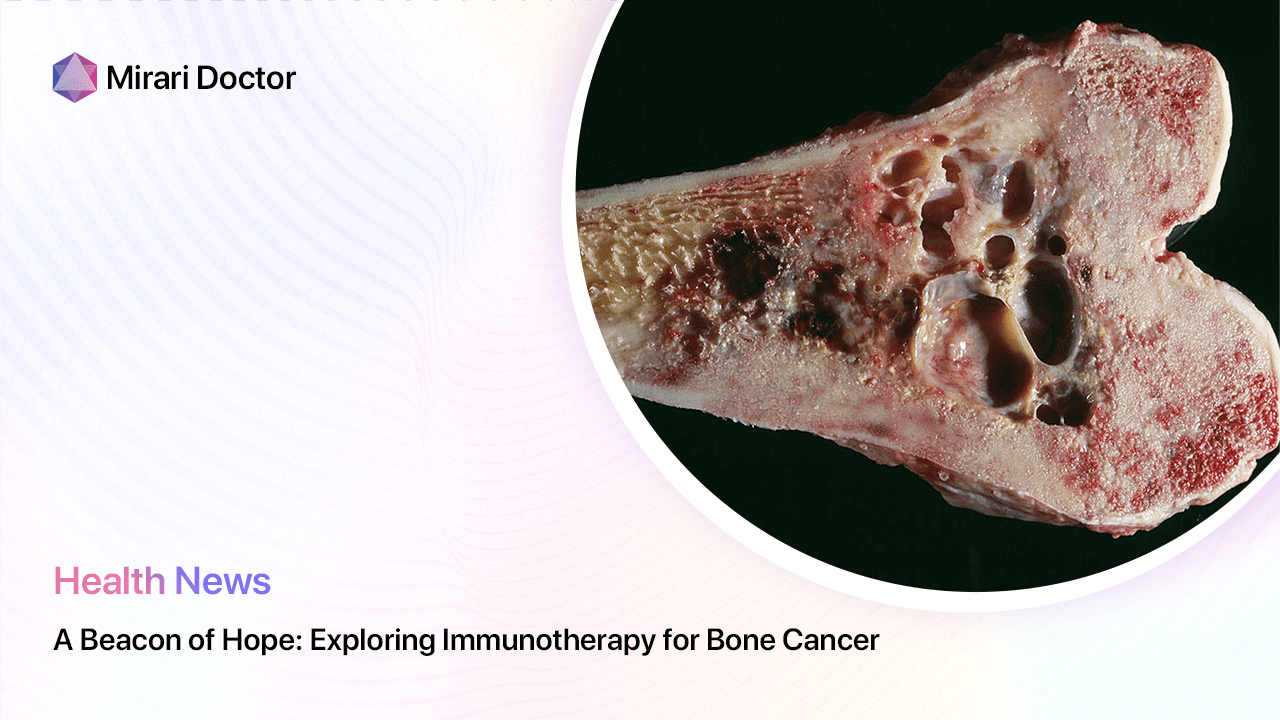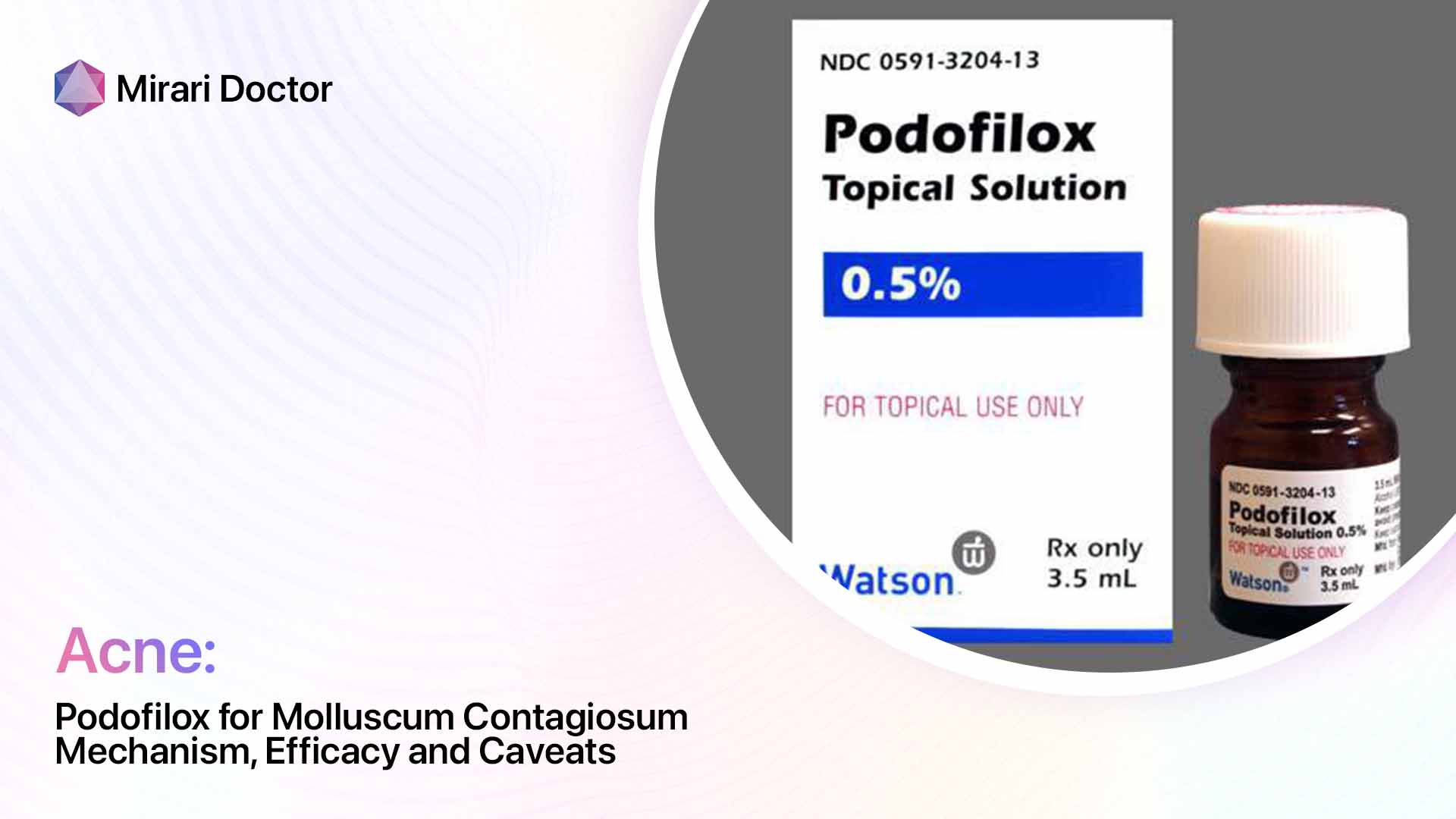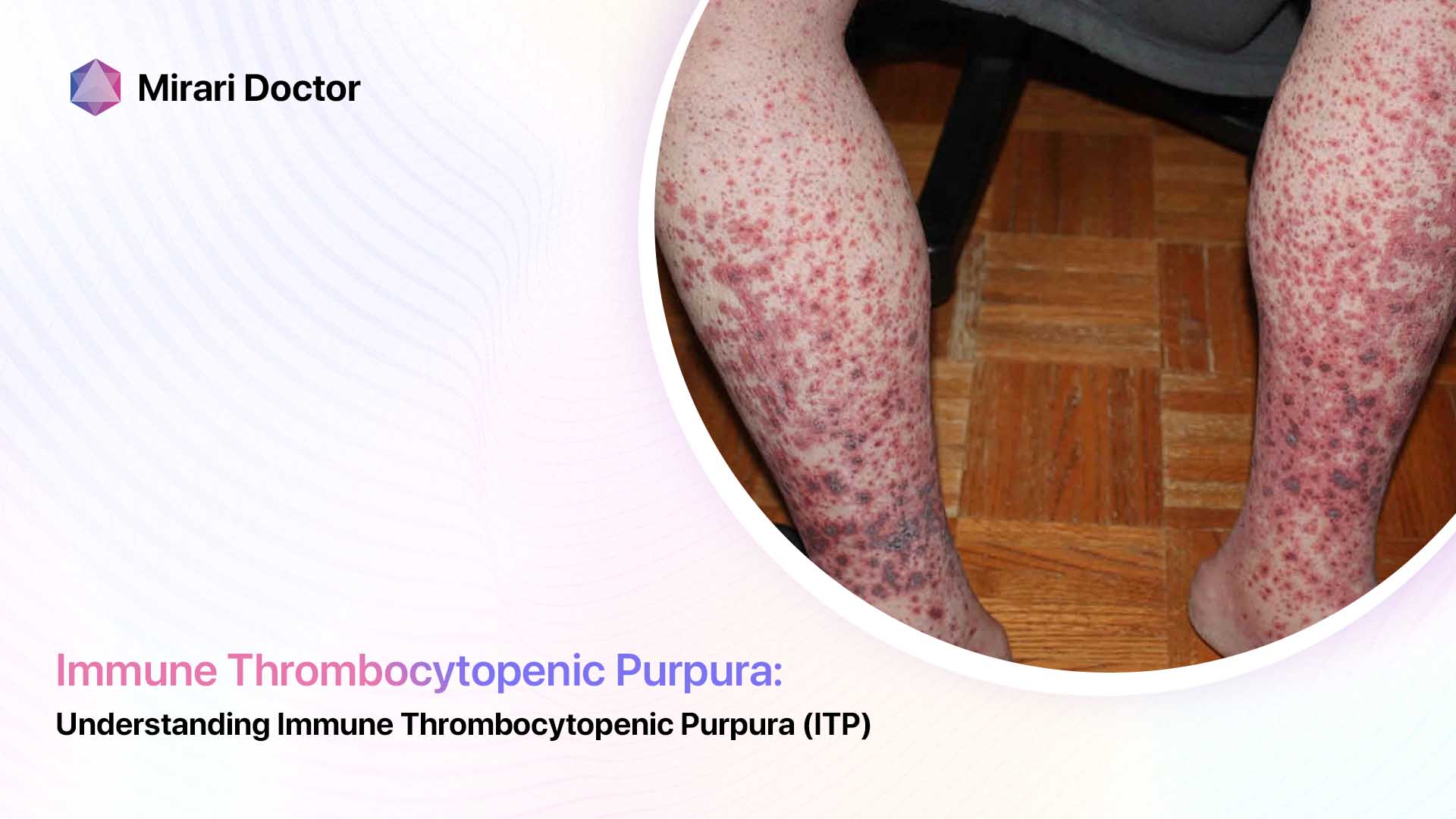
Immune thrombocytopenic purpura (ITP), also known as idiopathic thrombocytopenic purpura, is an autoimmune bleeding disorder characterized by abnormally low platelet levels in the blood. ITP has the ICD-10 classification code D69.3.
Overview and Symptoms of ITP
ITP occurs when the immune system produces antibodies that mistakenly attack and destroy the body’s own platelets. This leads to thrombocytopenia – low platelet counts. Some common symptoms of ITP include:
- Easy or excessive bruising
- Tiny reddish-purple dots under the skin called petechiae
- Heavy menstrual periods
- Bleeding from the gums or nose
- Blood in urine or stool
In rare cases, excessive bleeding can occur in the brain causing a serious medical emergency. Therefore, recognising and managing ITP is vital.
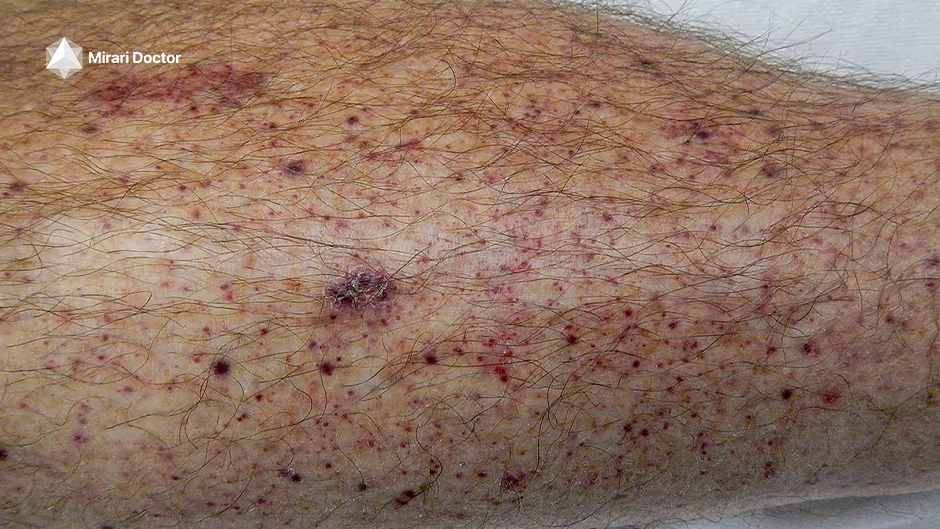
Causes and Pathophysiology of Immune Thrombocytopenic Purpura
In many ITP cases, the exact trigger is unknown (idiopathic ITP). However, potential causes include:
- Viral infections
- Pregnancy
- Autoimmune disorders
- Medications
- Cancers
The central mechanism involves autoantibodies binding to platelets, marking them for early destruction by the spleen and liver. This speeds up the normal platelet turnover process, outpacing bone marrow platelet production. The result is dangerously low circulating platelet levels.
ITP Diagnosis and Testing
Doctors diagnose ITP primarily based on clinical findings and ruling out other potential causes. Key diagnostic tests include:
- Complete blood count (CBC) to check platelet, white blood cell and red blood cell levels
- Peripheral blood smear to examine platelet size and morphology
- Bone marrow biopsy in uncertain cases to verify increased megakaryocyte production
Finding isolated thrombocytopenia with normal red and white blood cell levels supports an ITP diagnosis after ruling out medications and underlying conditions.
ITP ICD-10 Classification Code – D69.3
The International Classification of Diseases, 10th revision (ICD-10) is an alphanumeric coding system used globally to classify medical diagnoses for billing, epidemiology and health statistics.
D69.3 is the ICD-10 code used to specifically classify primary immune (idiopathic) thrombocytopenic purpura. Other key ITP-related ICD-10 codes include:
- D69.0 – Allergic purpura
- D69.1 – Qualitative platelet defects
- D69.4 – Other primary thrombocytopenia
- D69.8 – Other specified hemorrhagic conditions
Familiarity with these codes helps streamline medical classification, claim submissions and healthcare data analysis related to ITP.
ITP in Pregnancy – ICD-10 Code O99.411
ITP during pregnancy presents additional risks of heavy maternal bleeding during delivery. The ICD-10 code O99.411 – ITP complicating pregnancy, first trimester specifically denotes ITP onset in pregnancy.
Chronic ITP – ICD-10 Code Still D69.3
If ITP and low platelet counts persist for over 12 months it is termed chronic ITP. However, the ICD-10 code remains D69.3 whether ITP is new onset, persistent or chronic. Only the terminology distinguishes these subclasses of ITP.
ITP Treatment Guidelines and Options
Evidence-based treatment guidelines for ITP aim to:
- Raise platelet levels to prevent severe bleeding
- Minimize treatment-related toxicity
First-line ITP treatments include:
- Corticosteroids like prednisone to suppress autoantibody production
- Intravenous immunoglobulin (IVIG) to neutralize antibodies
- Splenectomy to remove the site of platelet destruction
Other therapies like thrombopoietin receptor agonists, immunosuppressants, rituximab and more are available for refractory ITP cases unresponsive to first-line options.

Monitoring Response to ITP Treatment
Platelet counts via regular CBC testing constitute the main biomarker for tracking ITP severity and treatment efficacy. Counts below 30 x 109/L signal high risk for spontaneous bleeding while stable counts >30 x 109/L represent adequate control. The goal is to use the minimum treatment necessary to maintain safe platelet levels long-term without toxicity.
Prognosis and Complications for ITP Patients
With newer therapies, long-term outlook for ITP continues improving. However, varying response plus side effects of immune-altering medications used require close medical supervision. Around 35% still require splenectomy for disease control based on studies.
Rare but serious ITP complications involve central nervous system or gastrointestinal bleeding. Patient education on prompt bleeding symptom reporting and medication compliance helps minimize adverse outcomes. Mortality risk correlates directly with low platelet counts (<10 x 109/L).
Take-Home Message on ITP and its ICD-10 Coding
In summary, ITP is a relatively common autoimmune disorder marked by inappropriate destruction of platelets. However, modern treatments allow maintenance of safe platelet levels in most patients. The ICD-10 code D69.3 specifically labels confirmed cases of primary immune thrombocytopenic purpura for medical billing and record-keeping – a key code for all healthcare coders and providers to know.
Frequently Asked Questions on ITP
Below are answers to some common ITP-related questions for patients and caregivers.
What causes ITP?
ITP arises from autoantibodies directed against the body’s own platelets. An abnormal immune response leads to accelerated platelet destruction and low platelet counts. Known triggers include viral infections, medications, cancers, pregnancy and autoimmunity. However, the exact cause often remains unknown (idiopathic ITP).
Is ITP considered an autoimmune disease?
Yes, ITP is classified as an organ-specific autoimmune disorder because it involves immune system antibodies targeting and destroying platelets specifically rather than widespread inflammation. This distinguishes it from systemic autoimmunity seen in conditions like lupus or rheumatoid arthritis.
How serious is ITP?
ITP severity correlates with the degree of thrombocytopenia. Mild to moderate ITP causes bruising/bleeding risks but is not immediately life-threatening. However, severely low platelets (<20 x 109/L) can lead to dangerous internal bleeding requiring prompt medical management.
How do you treat ITP?
First line ITP treatments like steroids, IVIG and splenectomy focus on raising platelet levels by reducing their destruction rate. Second line therapies using rituximab, thrombopoietin receptor agonists, immunosuppressants, etc. may be needed if initial options fail. Supportive care like antifibrinolytics helps control bleeding symptoms.
What is the long-term outlook for ITP?
Most ITP patients achieve adequate disease control and platelet stabilization using short or long-term treatment protocols. However, around a third require splenectomy. A small percentage develop refractory chronic ITP resistant to multiple therapies. Requires ongoing monitoring and medication adjustments guided by platelet counts.
In summary, key takeaways on ITP include:
- D69.3 is the defining ICD-10 classification code for immune thrombocytopenic purpura
- Autoantibody platelet destruction causes thrombocytopenia – low platelet counts
- First-line and second-line treatment options help manage the disorder
- Regular bloodwork to monitor platelet levels and ITP activity is vital
- Cautious outlook, but majority of patients achieve disease control with modern therapies
Reference sources:
Related articles
Made in USA






